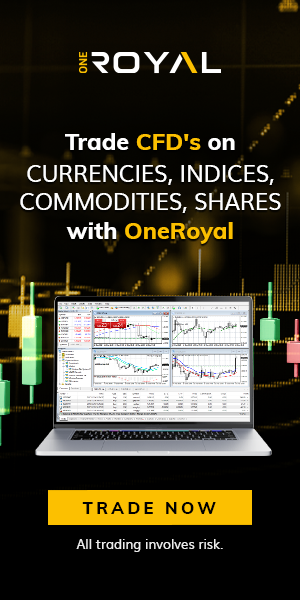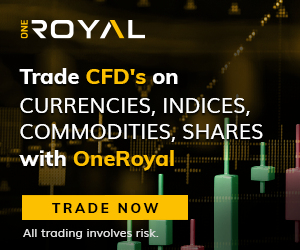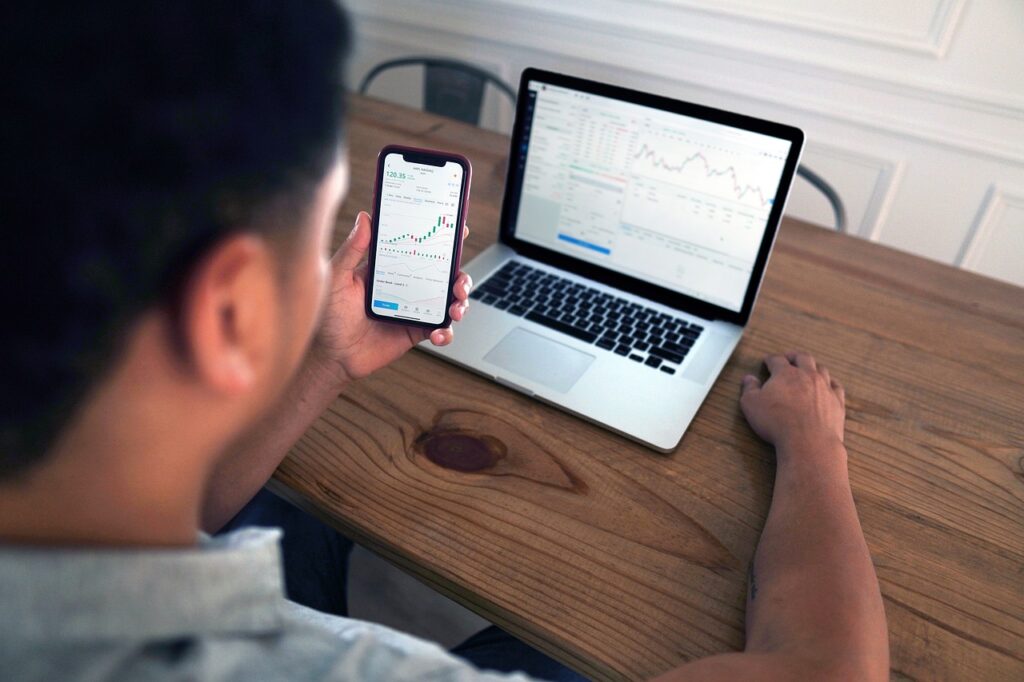The foreign exchange (forex) market, the largest financial market in the world, offers endless opportunities for traders to speculate on currency price movements.
In recent years, traders have sought increasingly sophisticated strategies to enhance their success in this volatile environment.
One such strategy involves the use of fractals, a concept borrowed from mathematics and chaos theory, which can reveal hidden patterns and trends in forex markets.
This article talks about the role of fractals in forex trading, their underlying principles, and how they can be effectively used in today’s market conditions.
In This Post
What Are Fractals?
A fractal is a recurring geometric pattern that appears similar regardless of the scale at which it is viewed.
These patterns are often found in nature, such as the branching of trees, coastlines, and even snowflakes.
In the financial markets, fractals serve as a tool to identify potential price reversal points by highlighting areas of market symmetry.
Developed and popularized by Bill Williams, a pioneer of chaos theory in trading, fractals are used to identify key price points where the market is likely to change direction.
Williams introduced the concept in his trading system, where fractals form one of the five key indicators he employed.
They are typically combined with other indicators to form a complete trading system, but fractals can stand alone as a powerful tool for identifying market turning points.
Fractals in the Forex Market
In forex trading, a fractal is identified as a specific pattern of five consecutive price bars that indicate a reversal. To form a fractal, the middle bar (or candle) must show a higher high or a lower low than the surrounding bars. Specifically:
i. Bullish fractal: Occurs when the middle bar has the highest high, with two lower highs on either side.
ii. Bearish fractal: Occurs when the middle bar has the lowest low, with two higher lows on either side.
Once a fractal is identified, it signals that a potential reversal may be imminent. This simple yet powerful pattern can serve as an entry or exit signal for trades.
Importance of Fractals in Forex Trading
Fractals provide traders with several key advantages, particularly in identifying price reversals and predicting market shifts. Below are some of the primary reasons fractals are valuable in the forex market
1. Precision in Entry and Exit Points
One of the most critical challenges in forex trading is determining the optimal moments to enter or exit a trade.
Fractals help traders pinpoint potential reversal points, allowing for well-timed entries and exits. In a highly liquid market like forex, this precision can make a significant difference in profitability.
2. Objective Analysis
Fractals offer an objective way to analyze price action. Since fractals rely on a set of predefined rules, they eliminate some of the subjective interpretations that traders might bring to chart analysis.
This is particularly helpful for novice traders or those looking to automate their strategies.
3. Spotting Market Trends
Fractals are not only used to detect reversals but also to identify trends. When a series of bullish fractals appears, it can indicate the formation of an uptrend.
A string of bearish fractals suggests a downtrend. Traders can use this information to ride the trend while avoiding premature exits.
4. Complementary to Other Indicators
While fractals are powerful on their own, they are even more effective when used alongside other technical indicators.
For example, the Alligator indicator, another tool developed by Bill Williams, is often paired with fractals to help confirm trends.
By using fractals in conjunction with tools such as moving averages or Fibonacci retracements, traders can create a more comprehensive trading strategy.
Practical Ways of Using Fractals in Trading Strategy
The forex market will continually evolve, influenced by global events, central bank policies, and geopolitical factors. To learn more about using fractals join our master class
The following are practical ways fractals can be incorporated into a trading strategy this year:
1. Fractals in Volatile Markets
Forex traders are expected to face increased volatility due to ongoing geopolitical tensions and fluctuating interest rates.
Fractals provide a way to go about this uncertainty by making available clear signals of potential reversals. When markets are volatile, fractals can help traders avoid false breakouts by identifying genuine price reversals.
2. Trading Fractals on Multiple Timeframes
Many traders are using multi-timeframe analysis to improve their decision-making. Fractals can be applied across different timeframes to identify significant support and resistance levels.
For example, a bullish fractal on a daily chart might confirm a long position, while a bearish fractal on a shorter time frame could signal a temporary pullback.
This approach helps traders stay aligned with the larger trend while fine-tuning their entries and exits.
3. Algorithmic Trading with Fractals
With advancements in trading technology, many traders are turning to algorithmic systems that include fractal analysis.
By coding fractal-based rules into their trading algorithms, traders can automate the identification of potential reversal points.
This approach helps remove emotional bias and ensures a systematic approach to forex trading.
4. Combining Fractals with Sentiment Analysis
As we move into a data-driven era, sentiment analysis tools are becoming more accessible.
When you combine fractal analysis with sentiment data—such as tracking news or social media trends you can gain a broader view of market changes.
For example, if fractal patterns indicate a market reversal while sentiment analysis suggests a change in market sentiment, it can reinforce the decision to enter or exit a trade.
Conclusion
In the complex and ever-changing world of forex trading, fractals offer a powerful method for identifying reversals and trends.
As we move further, their value continues to grow, especially as traders adapt to new market challenges.
By using fractals in conjunction with other technical indicators and trading strategies, forex traders can improve their ability to navigate volatile markets, time their trades more precisely, and ultimately enhance their profitability.




